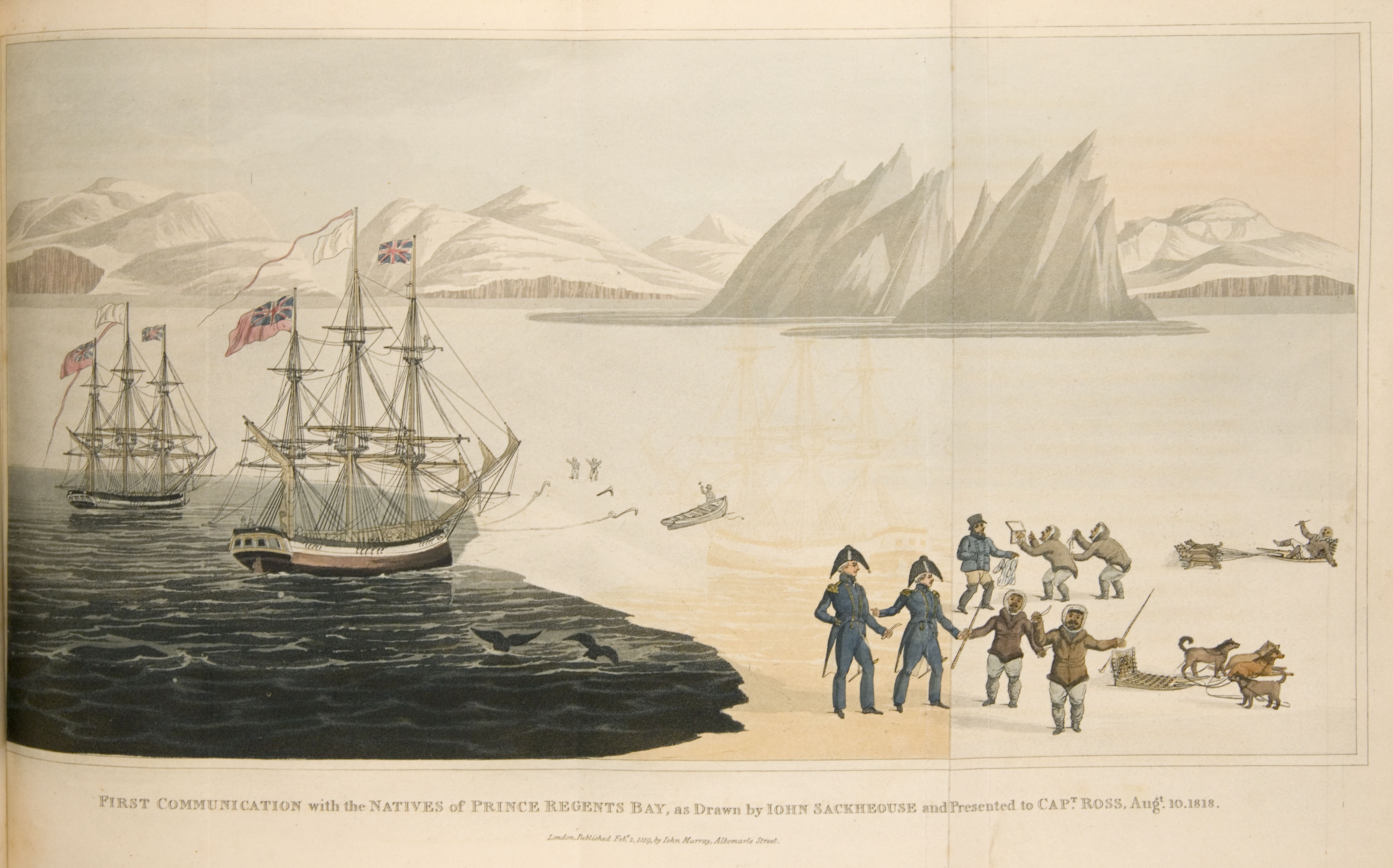The Challenger expedition, the first worldwide oceanographic expedition, voyaged 127 663 km in the Atlantic, Southern, Indian and Pacific oceans between December 1872 and May 1876. The voyage of HMS Challenger, a 69 m corvette specially modified for research in oceanography, was intended to investigate the distribution of animals in the deep sea (particularly representatives of ancient groups) and to solve the problem of how the oceans circulate.
The voyage was organized by Charles Wyville Thomson and W.B. Carpenter with the financial support of the British government and the patronage of the Royal Society. The scientific work of Challenger was directed by Thomson aided by a small staff, notably John Murray, a Scot born in Cobourg, Ontario, who later completed the 50-volume report of the expedition. Challenger' s captain was George S. Nares, later famed for arctic exploration.
The Challenger expedition provided large amounts of new information about the oceans. Hundreds of previously unknown animal species were described. But although animals were found at the greatest depths sampled (5500 m), showing that the oceans were inhabited at all depths, there were no "living fossils," as Wyville Thomson had expected.
Carpenter's hope that the mechanism by which the oceans circulated could be discovered was not realized, although abundant information on the temperature, salinity and specific gravity of seawater was collected during the 3½-year cruise.
The composition of seawater was well established by William Dittmar of Glasgow University; and Murray and Alphonse Renard mapped ocean sediments, which proved to be quite different from terrestrial ones. The lengthy reports of the expedition contain information still useful to oceanographers.
Challenger visited Halifax for 10 days in May 1873 before leaving for Africa and South America. Its visit was celebrated by the Nova Scotian Institute of Science and aroused a brief interest in deep-sea animals, particularly on the part of the institute's secretary, Provincial Geologist David Honeyman. A small collection of animals from the voyage is found in the Nova Scotia Museum of Science, and some original volumes of the results are in Dalhousie University Library.
The Challenger expedition's effect on Canadian science was short-lived, but the voyage stimulated worldwide explorations by many western European nations later in the century.
See also Seashell.

 Share on Facebook
Share on Facebook Share on X
Share on X Share by Email
Share by Email Share on Google Classroom
Share on Google Classroom


